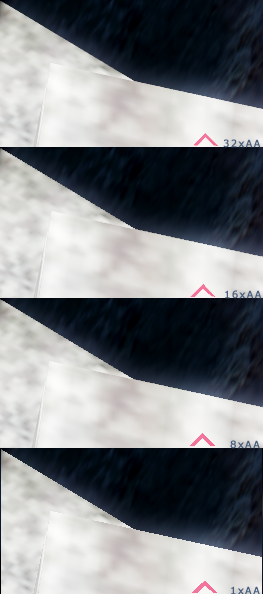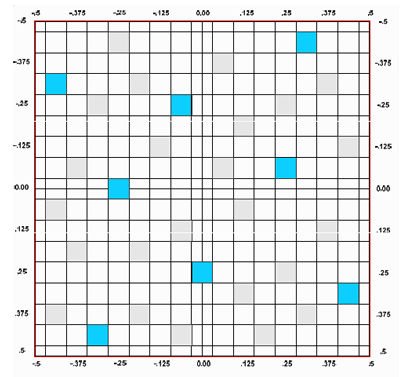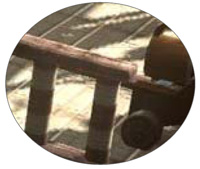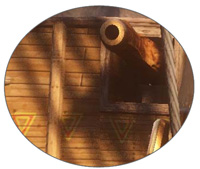Image quality - 32xAA - Accelerated Jittered Sampling
Image quality improvement
Next to the beefy hardware setup and new features, we also see new image quality options. NVIDIA put focus on even better Anti-Aliasing shadows and a new AA mode.
A new Anti-Aliasing mode - 32x CSAA A new Anti-aliasing mode has been introduced. Now I'll be honest with you here. After 8xAA I gave up on all the other AA modes, 8xAA really is enough for me without the risk of a large performance hit. Especially at a monitor resolution of 1600x1200 and above, high levels of AA start to matter less.
A new Anti-aliasing mode has been introduced. Now I'll be honest with you here. After 8xAA I gave up on all the other AA modes, 8xAA really is enough for me without the risk of a large performance hit. Especially at a monitor resolution of 1600x1200 and above, high levels of AA start to matter less.
NVIDIA of course will always seek new features to present to you as an end user, and sure... some of you are really into uber high AA modes.
Well good news for you. NVIDIA designed a custom sample anti-aliasing mode where you can get your freak on with 32xAA samples at very little performance loss, it's of course done with a trick or; well two actually.
It's almost like cooking, you take the right ingredients stir and shake it up a little and boom... there you go. What NVIDIA is doing with the 32xCSAA mode is relatively simple to explain, they take eight color samples and then 24 coverage samples to define your AA pixel color value. The method was actually already introduced on G80 and GT200 if memory serves me right, but has been improved. The GT200 however managed 16xCSAA with eight color samples and eight coverage samples.
Here's what NVIDIA is doing with their 32xCSAA filter (look at image to the right). With 32xCSAA enabled it is possible to get exemplary AA with a minimal performance hit, in fact it should be roughly as fast as say the GT200 at 16xCSAA.
The screenshots to the right are captured by ourselves, you are looking at Battlefield Bad Company 2. As you can see there are distinct differences in image quality when we cycle through a range of AA options. All the way on top we have 32xCSAA enabled and all the way below we have no AA.
As the screenshots show quite abundantly it does make a difference and the performance hit really is not that bad. We'll show you performance later on in our benchmarks.
Should you like to peek at the original screenshots, here you can have a look at the 24-bit PNG files:
One last note, below you can see the sample pattern 32xCSAA applies, clearly visible are the eight color samples and then the 24 coverage samples. A very efficient AA method.

Accelerated Jittered Sampling - Improving Anti-Aliased shadows
You guys must recognize this, you play a game, have 8xAA on and everything looks nice and dandy. Then you look at a shadow and notice it's all blocky and messed up. Here's where a new sampling method kicks in, it's called Accelerated Jittered Sampling. Now the geek explanation (and really I had to look this up) is this: Jittered Sampling is a stirred process in which values are sampled equally over a rectilinear subspace. The exact position of the respective sample in each sub rectangle is thereby varied randomly.
Take a look at the first example below (lower left image). You'll notice the weird blocky shadows. This is in 3DMark Vantage with AA levels turned up. So in layman's terms, what does it do then? Well, that banding is removed and replaced by noise. The result are much more smooth non-blocky shadows.
Let's have a peek at a scene again, where now Accelerated Jittered Sampling is applied:
 |
 |
|
Traditional |
Accelerated Jittered Sampling |
So there you go, to tackle this issue GF100 has Accelerated Jittering Sampling which improves the quality of AA shadows and sure, will likely also bring some additional AA performance.
